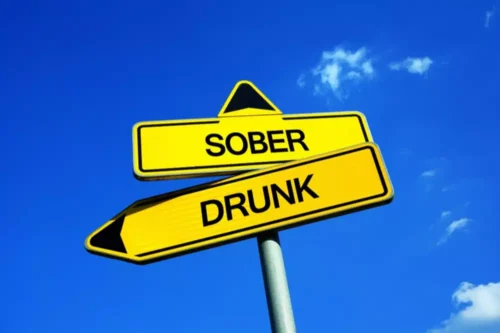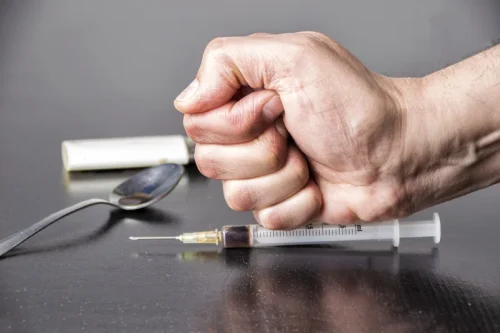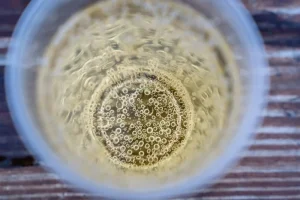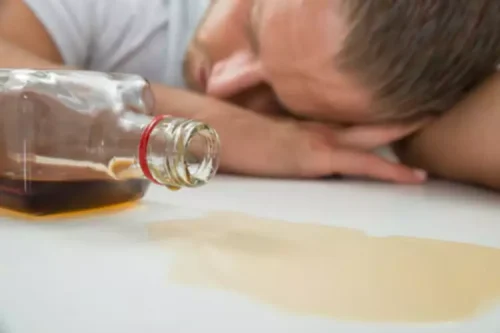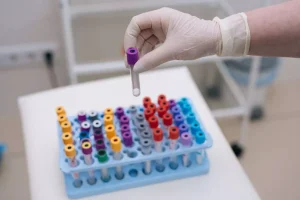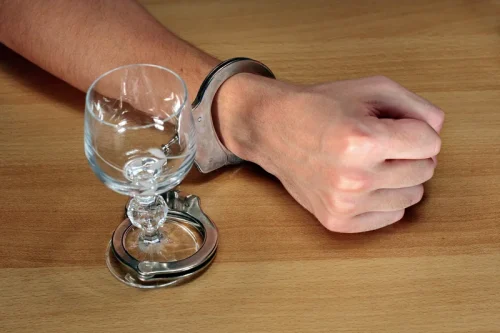It can cause brain atrophy and shrink your brain over time,” shares Dr. Anand. But as you drink more — and you don’t need to drink that much more — eventually, the enzymes that break down the alcohol get saturated. So, the alcohol builds up quite magic mushroom side effects quickly,” explains addiction psychiatrist Akhil Anand, MD. And if you have one too many alcoholic drinks, you may start to slur your speech and have trouble walking in a straight line — and that’s all before dealing with a hangover the next day.
Impact on your health
Listen to relatives, friends or co-workers when they ask you to examine your drinking habits or to seek help. Consider talking with someone who has had a problem with drinking but has stopped. Alcohol use disorder can include periods of being drunk (alcohol intoxication) and symptoms of withdrawal. To learn more about alcohol treatment options and search for quality care near you, please visit the NIAAA Alcohol Treatment Navigator. A health care provider might ask the following questions to assess a person’s symptoms. By Buddy TBuddy T is a writer and founding member of the Online Al-Anon Outreach Committee with decades of experience writing about alcoholism.
A model of care for co-occurring AUD and other mental health disorders
If you have a first-degree relative (biological sibling or parent) with SUD, you’re more likely to develop it. Based on clinical experience, many health providers believe that support from friends and family members is important in overcoming alcohol problems. But friends and family may feel unsure about how best to provide the support needed.
What Is Alcoholism and How to Get Treatment
In 2019, an estimated 14.5 million people in the United States had an AUD. What’s more, according to the Centers for Disease Control and Prevention (CDC), excessive alcohol use leads to over 95,000 deaths in the U.S. every year. The progression of the disease is subtle, and usually takes place over such an extended period, eco sober house review that even the alcoholic themselves fails to notice the point at which they lost control and alcohol took over their life. When the drinking "song" starts playing in the mind of an alcoholic, they are powerless. The alcoholic didn't put or want the thought there, the only way to get it to stop is to have another drink.
Short-term effects
The diagnostic criteria of the DSM–IV and DSM–IV–TR do not clearly distinguish between alcohol-related psychiatric symptoms and signs and alcohol-induced psychiatric syndromes. Instead, these criteria sets state more broadly that any alcohol-related psychiatric complaint that fits the definition given in the paragraph above and which “warrants independent clinical attention” be labeled an alcohol-induced disorder (APA 1994, 2000). In other words, alcohol-related psychiatric symptoms and signs can be labeled an alcohol-induced psychiatric disorder in DSM–IV or DSM–IV–TR without qualifying as syndromes. As is usually the case (Anthenelli 1997; Helzer and Przybeck 1988), the patient in this example does not volunteer his alcohol abuse history but comes to the hospital for help with his psychological distress. The acute stressor leading to the distress is his wife’s leaving him; only further probing during the interview uncovers that the reason for the wife’s action is the man’s excessive drinking and the effects it has had on their relationship and family. Thus, a clinician who lacks adequate training in this area or who carries too low a level of suspicion of alcohol’s influence on psychiatric complaints may not consider alcohol misuse as a contributing or causative factor for the patient’s psychological problems.
How common is substance use disorder?
Scientists are working to develop a larger menu of pharmaceutical treatments that could be tailored to individual needs. As more medications become available, people may be able to try multiple medications to find which they respond to best. Alcohol-related problems—which result from drinking too much, too fast, or too often—are among the most significant public health issues in the United States. Third, both the patient and his wife said that during this period of prolonged abstinence the patient showed gradual continued improvement in his mood. He had worked an active 12-step program of sobriety and had returned to his job as an office manager.
How is alcohol withdrawal managed?
Consider seeing a mental health professional if you’re having issues managing your stress. In detoxification, you stop taking the substance(s), allowing them to leave your body. Depending on the severity of the SUD, the substance or an alternative may be tapered off to lessen the effects of withdrawal. You can go through detoxification in both inpatient and outpatient settings. Treatment is highly individualized — one person may need different types of treatment at different times.
This type of treatment often includes medication paired with psychotherapy. In addition to getting professional treatment and support, there are things that you can do to help feel better and improve crack cocaine symptoms and warning signs your chances of recovery. Mindfulness may also help address depression and trauma conditions that co-occur with AUD. People who are in recovery have a higher chance of using substances again.
A good first step is to keep a record of how much alcohol you drink and of when you don’t drink throughout the week. Treatment for AUD may be lifelong and include counseling, support groups, residential programs, and medications. The first step toward a person’s recovery is to acknowledge they have an alcohol dependency problem.
- The mood disorders that most commonly co-occur with AUD are major depressive disorder and bipolar disorder.
- These changes increase the pleasurable feelings you get when you drink alcohol.
- After obtaining a patient’s permission, his or her history should be obtained from both the patient and a collateral informant (e.g., a spouse, relative, or close friend).
- A variety of factors which affect the levels and patterns of alcohol consumption and the magnitude of alcohol-related problems in populations have been identified at individual and societal levels.
Alcohol abuse and alcoholism both describe drinking that causes negative consequences for the drinker. Alcoholism often describes a person’s chemical dependency on alcohol and their inclination to prioritize drinking in their lives. However, as they consume more drinks, an individual is likely to become sedated. The problems relating to alcohol dependence are extensive, and its effects can be physical, psychological, and social.
This corresponds to only about 1.5 times the rate for anxiety disorders in the general population (Regier et al. 1990; Kranzler 1996). Specific anxiety disorders, such as panic disorder, social phobia, and PTSD, however, appear to have an increased co-occurrence with alcoholism (Schuckit et al. 1997b; Kranzler 1996; Brady et al. 1995). AUD is a brain disorder and disease that occurs when people cannot stop or control their drinking despite adverse effects on relationships, work or school, finances, and overall health. Healthcare providers use the umbrella term "alcohol use disorder" to classify a wide range of problematic alcohol use, such as alcohol abuse, dependence, addiction, and severe alcohol use disorder (alcoholism).
Addiction to substances happens when the reward system in your brain “takes over” and amplifies compulsive substance-seeking. People can use substances occasionally without developing SUD, but even a few episodes of taking certain substances can lead to tolerance and dependence. Tobacco, heroin, cocaine, alcohol, cannabis and benzodiazepines are all substances that you can develop tolerance and dependence to. Substance use disorder can significantly impact your health, relationships and overall quality of life.
However, alcoholism has been recognized for many years by professional medical organizations as a primary, chronic, progressive, and sometimes fatal disease. The National Council on Alcoholism and Drug Dependence offers a detailed and complete definition of alcoholism, but the most simple way to describe it is a mental obsession causing a physical compulsion to drink. It can be difficult to know whether or not to abstain from alcohol to support a loved one in recovery. Treatment settings teach patients to cope with the realities of an alcohol-infused world. Just like any other illness, it is ultimately the responsibility of the individual to learn how to manage it. However, loved ones often want to help, such as by showing solidarity or hosting a gathering that feels safe for their loved one.


